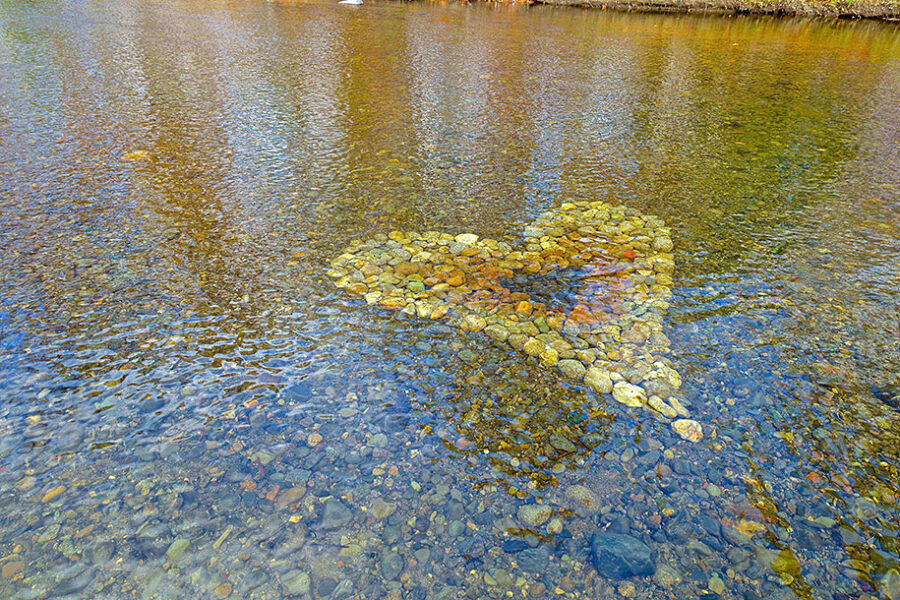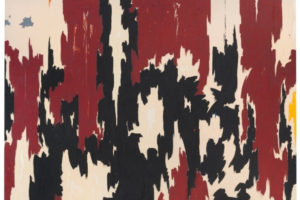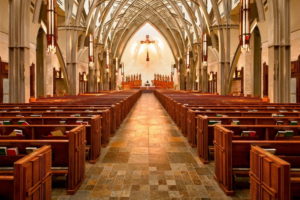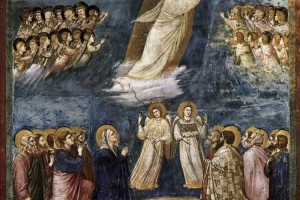לכן אמר לבני־ישׂראל אני יהוה והוצאתי אתכם מתחת סבלת מצרים והצלתי אתכם מעבדתם וגאלתי אתכם בזרוע נטויה ובשׁפטים ג
(Exodus 6:6)
On the night on which He was betrayed, while their bold and often mystifying rabbi lead them in a tradition that they have practiced all their lives… a tradition which probably invoked the same sort of nostalgia, the same sort of deeply rooted emotional and spiritual emotions which we might associate with Christmas when the season draws near… on the night in which He was betrayed, what were his disciples thinking?
This Easter, 2012, I tried to explore this a little deeper by experiencing and hosting my first Passover Seder. Although apprehensive of trying this without the tutelage of an experienced Jewish friends, I and my band of four other likeminded friends embarked on this spirit-provoking journey.
And afterwards, we read the Gospel accounts of the Last Supper. We did this so that now, with the themes and the symbols of Passover clearly and experientially etched in our minds, we might better comprehend the mystery, to better taste the wonder, the disciples felt when Jesus reinterprets the Mazah (unleavened bread) and the Ya’yin (wine) under a New Covenant paradigm.
What I want to share with you are my personal lessons on how this transformed my understanding of the Last Supper, and of the ordinance of the Eucharist:
1) If you haven’t tried a Passover Seder around Maudy Thursday or Good Friday, add this to your bucket list. Unanimously, all of us in participation found it a helpful worship experience, and can only imagine how that would change if we actually had it lead by a Jew!
2) Question: Why didn’t Jesus reinterpret all of the elements of the Seder plate? Why weren’t the bitter herbs, the salt-water, the apple-nut-wine-cinnamon mixture, and the springtime greens also reinterpreted to related to the death and resurrection of Jesus? Or if he also did, what is the significance of the Gospel writers only recording Jesus’ teaching and breaking of the bread, and the sharing of the wine?
3) Question: if Jesus didn’t originally reinterpret the entire Seder plate… in what ways is it appropriate for me too? Don’t worry: I hear your cautions about decontextualizing the tradition and reader-response theory. But definitely one of the most interesting parts of preparing for the night was reading about all the diversity and variety that already exists among Jews on how the Seder is to be performed.
Just as one family might celebrate the Christmas season with milk and cookies for Santa, a copious cluttering of nativity scenes, and roasted chestnuts, while another emphasizes the annual watching of “How the Grinch Stole Christmas,” Christmas caroling, and having an advent calendar, so almost every Jewish family is encouraged to make their own traditions and to have an open mind about determining what each of the elements of the Seder Service represent. The main concern is that the Seder be a time of teaching through the prodding of curiosity and the asking of questions. Less important is the conclusion (besides, when an untold number of Rabbi’s can’t unanimously decide the limitations of what each element equals, who are we to find “the” right answer!). Indeed, the Socratic method seems to be at play here, where the real goal of the ceremony is to beg questions- not indoctrinate answers.
So, my application, thinking as a 1st century disciple: this night is a night not only of remembrance, but of learning and instilling. Didn’t Jesus have a paradigm shifting message he delivered to them that night!
4) Freedom. This is what stood out to me the most about the Passover Seder. In remembering God’s work in leading Israel out of Egypt, I expected the ceremony to be filled with references to deliverance, to salvation, to slavery, atonement, and to redemption. But each of these terms emphasize where God’s people are coming from. Freedom is in fact what God’s people are being saved too.
So, where is Freedom in the Passover Seder? It’s in the element that gives you wings- the wine!
Over the course of the night, there are 4 cups of wine that are drunken. Although many Rabbinic traditions exist on what they represent, perhaps the largest consensus is that they represent the 4 freedoms God provides in their Exodus from Egypt. Likewise, wine is a symbol of the wealthy, the elite… the free. Finally, wine is (and as John Dunne assures, always will be) a sign of Joy and Happiness. Thus, the big symbol here is that God’s people are not just saved from suffering, sin, and corruption. We are saved to something free, unfettered and liberating.
And you can bet: every little interpretive note I read shows that Jews are very quick to remember how their entire existence in history (not the least of which is the Holocaust) is filled with a lack of freedom, and an abundance of persecution and affliction. Thus, freedom is the sweet prize always on the horizon, but almost never tasted. Freedom is what the people of God long for. Freedom is what we want.
And with this paradigm in the disciple’s heads, Jesus says “Drink of it, all of you, for this is my blood of the covenant, which is poured out for many for the forgiveness of sins. (Mat 26:27-28 ESV) .
Instead of being lulled to sleep with dreams of sugar plums dancing in their heads, the first century Jew went to sleep fantasizing about what absolute political freedom from this Roman tyranny might look like.
Yet Jesus, in their very midst’s, declares a freedom that is far greater- freedom from sins.
Thus, the empty grave isn’t just about redemption and atonement.
The empty grave is about Freedom. And not freedom on a carrot- but Freedom arrived today.





2 Comments
Leave your reply.